
Outer membrane vesicles manipulate plant defense responses
Tran et al. found that outer membrane vesicles produced by plant pathogenic bacterium could trigger plant immune responses through the interactions with the plant plasma membrane. Plant Cell. https://doi.org/10.1093/plcell/koab276
By Tuan Minh Tran 1,2 and Yansong Miao 1
School of Biological…

Coordinated evolution of plant immune receptor repertoires (bioRxiv)
In plants, immune signalling and the corresponding defence responses are initiated by direct or indirect recognition of pathogen molecules via immune receptors. In the plasma membrane, pattern-recognition-receptors (PRRs) recognize signs of invasion and pattern-triggered immunity (PTI) is initiated.…
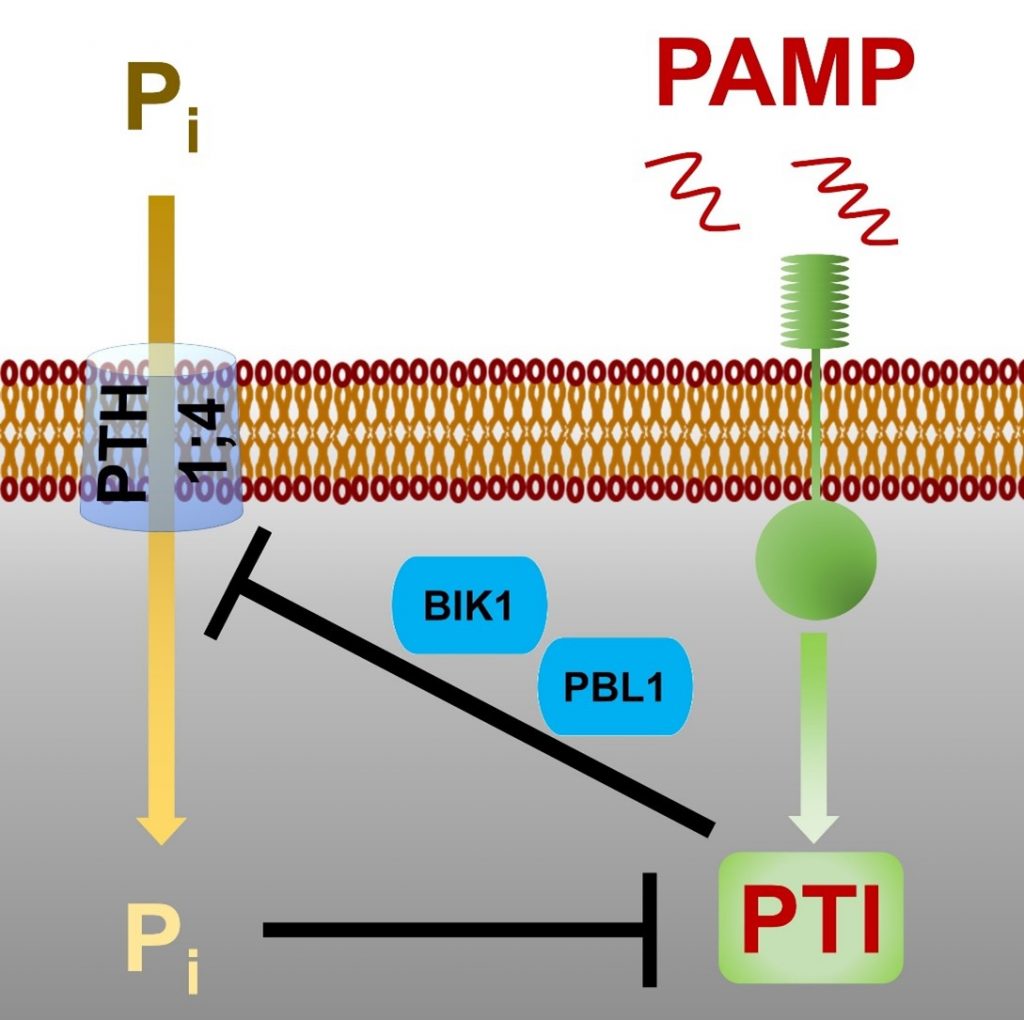
Crosstalk between phosphate transport and plant immunity (Curr. Biol.)
Plants have evolved signaling cascades to survive biotic and abiotic stresses, and recent studies have shown that there is crosstalk between many of these pathways. In a recent study, Dindas et al. developed a micro-electrode-based system to detect active inorganic phosphate (Pi) transport in Arabidopsis…
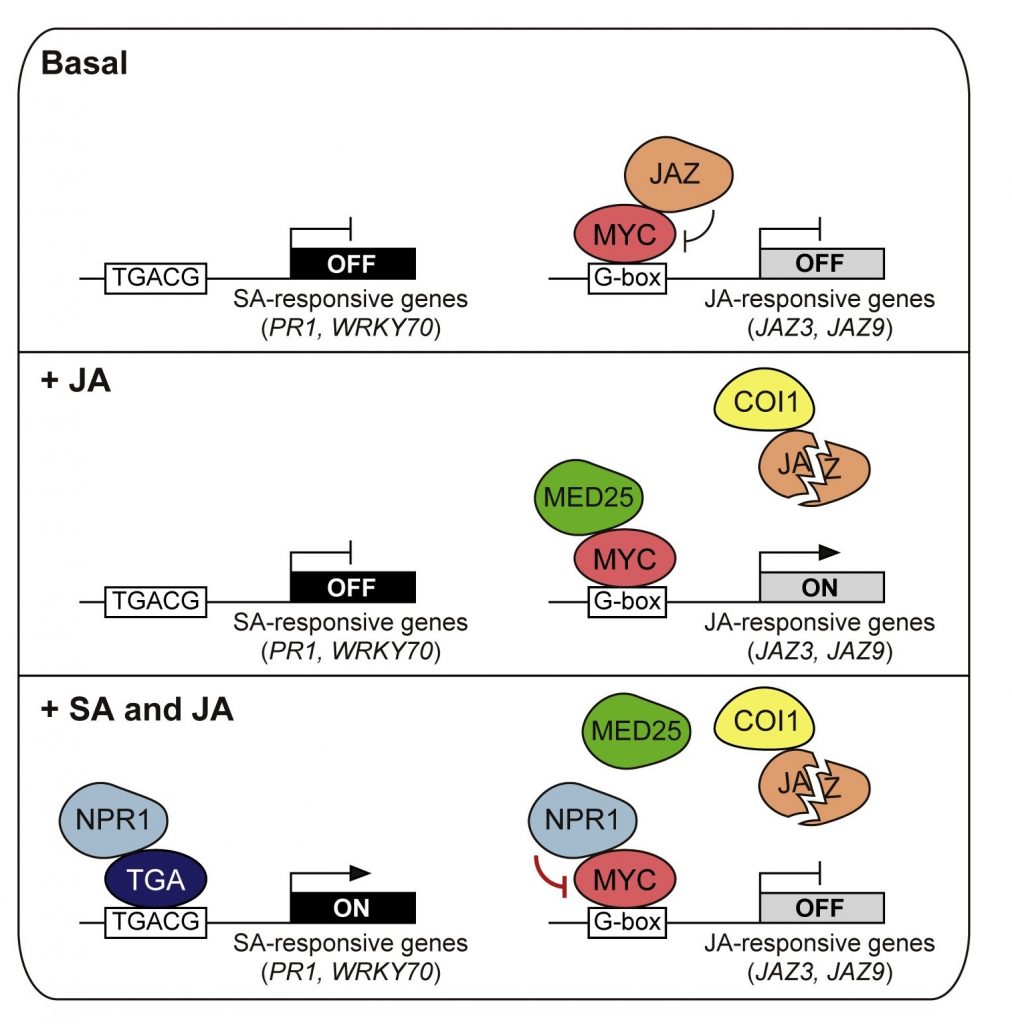
Suppression of MYC transcription activators by the immune cofactor NPR1 fine-tunes plant immune responses (Cell Reports)
In Arabidopsis, NONEXPRESSOR OF PR GENES 1 (NPR1) plays an important role in the antagonistic crosstalk of salicylic acid (SA) and jasmonic acid (JA) signalling. It activates SA-induced genes that protect against biotrophic pathogens and suppresses JA-induced genes that protect against necrotrophic pathogens.…

Review: The long road to engineering durable disease resistance in wheat (Curr. Opin. Biotechnol.)
This review by Wulff and Krattinger is a beautifully written “must read”. As the title suggests, it takes the reader on a journey of scientific progress, starting from the “first controlled cross between two wheat species” to the present, with a look into the future. Triticum aestivum (bread…
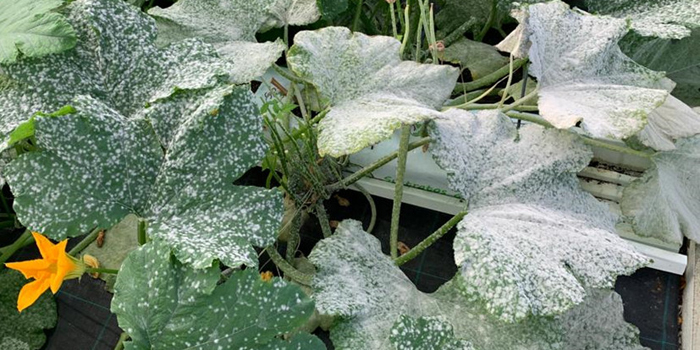
The secret arsenal of phytopathogenic fungi
Martínez-Cruz et al. identify fungal effectors with chitinase activity, which suppress chitin-triggered immunity.
by Jesús Martínez-Cruza,b, Diego Romeroa,b, Jesús Hierrezueloa,b, Michael Thonc, Antonio de Vicentea,b and Alejandro Pérez-Garcíaa,b
aDepartamento de Microbiología, Facultad…
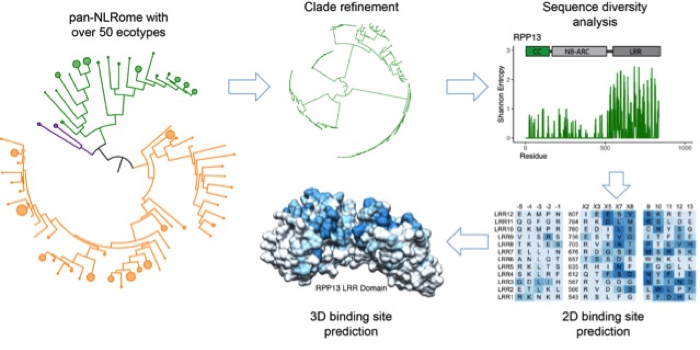
Highly Diverse Plant Immune Receptors Form a Species-wide Reservoir of New Recognition Specificities
Prigozhin and Krasileva identify highly variable NLR subfamilies responsible for the generation of new immune receptor specificities. The Plant Cell (2021)
By Daniil M. Prigozhin1 and Ksenia V. Krasileva2
1Lawrence Berkeley National Laboratory
2University of California Berkeley
Background:…
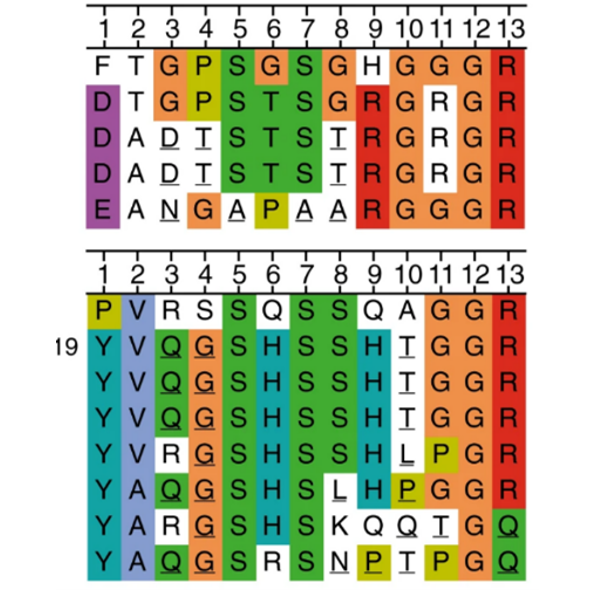
When fungi get ‘SCOOP’ed: MIK2 receptor kinase perceives SCOOP phytocytokines in Arabidopsis thaliana (Nature Comms)
Plant cells sense endogenous and exogenous molecules through proteins localized to the cell surface. While numerous ligands that mediate a variety of developmental and stress processes are known, cognate receptors for many ligands remain unidentified. Rhodes and colleagues have now shown the Arabidopsis…
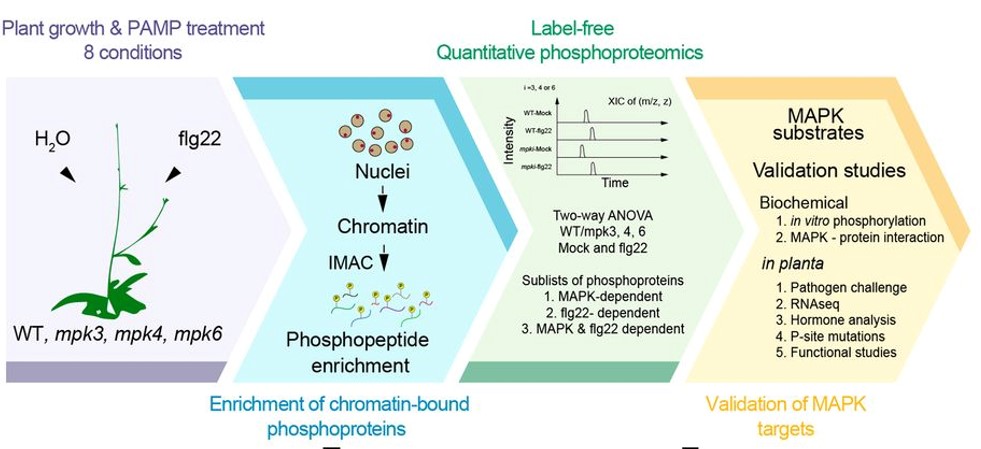
Chromatin phosphoproteomics identifies an AT-hook motif protein involved in PAMP-triggered immunity (PNAS)
Mitogen-activated protein kinases (MAPKs) are conserved protein kinases in eukaryotes that participate in signaling from cytoplasmic to chromatin events to allow transcription reprogramming. MAPKs play prominent roles at the chromatin level. Rayapuram et al. report a chromatin-associated phosphoproteome…

